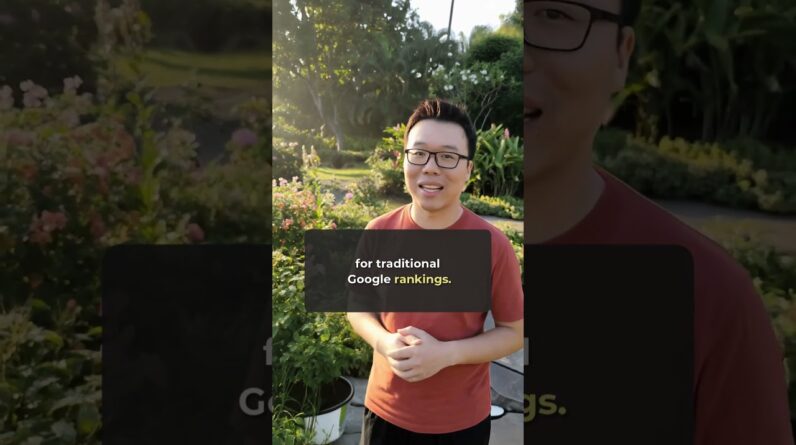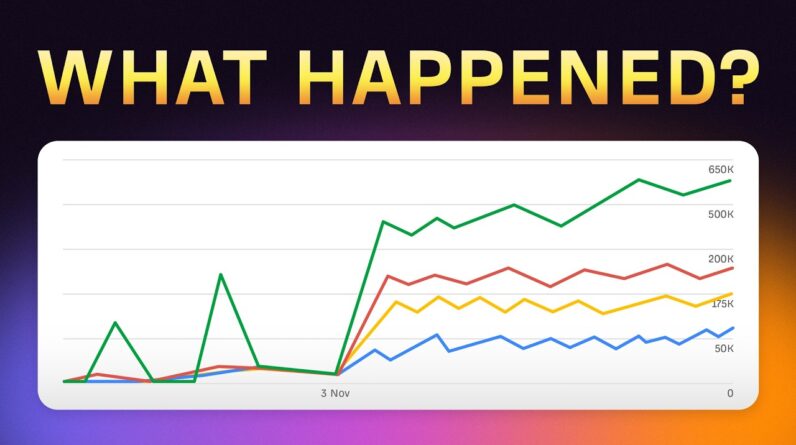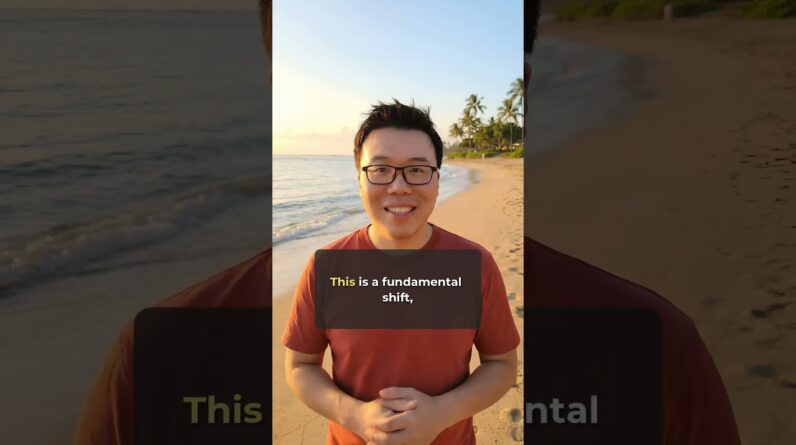
When it comes to the SEO fundamentals, there is one aspect that tends to be overlooked by everyone. This crucial element is often misunderstood, and its importance underestimated. In this blog post, we will delve into the common misconception surrounding this SEO fundamental and shed light on why it is imperative for everyone to get it right. By understanding and implementing this key element, businesses and website owners can significantly enhance their online visibility and drive organic traffic to their platforms. So, let’s dive in and uncover the SEO fundamental that has been consistently overlooked by many.
The SEO fundamental EVERYONE gets wrong
Introduction
In the ever-evolving world of SEO, understanding search intent is crucial for success. However, many SEOs struggle with getting search intent right, resulting in missed opportunities and poor rankings. In this article, we will delve into the topic of search intent and why it is an SEO fundamental that everyone seems to get wrong.
The Importance of Understanding Search Intent
Search intent refers to the underlying objective of a user when they conduct a search query. It could be informational, navigational, transactional, or commercial. Understanding search intent allows SEO professionals to tailor their content and website to better meet the needs of their target audience, resulting in higher organic rankings and improved user experience.
The Common Pitfalls of Ignoring Search Intent
Laziness and a lack of attention to search intent are common pitfalls in the SEO industry. Many professionals focus solely on optimizing their content for keywords without considering the intent behind the search. This approach often leads to content that is irrelevant and fails to provide value to the user. Consequently, search engines may rank these pages lower, as they do not effectively address the user’s search intent.
The Nuances of Search Intent
It is essential to recognize that search intent can change over time. User behavior and trends evolve, and search engines adapt their algorithms accordingly. Successful SEO professionals are the ones who stay updated with the latest trends, understand the nuances of search intent, and adjust their strategies accordingly.
Furthermore, search intent can vary for different queries. It may be explicit for some queries where the user’s intention is clear, while for others, it may be implicit and require deeper analysis. By paying attention to these nuances, SEOs can gain a competitive edge and deliver content that aligns with the user’s search intent.
Uncovering Search Intent with SERP Features
One effective technique for understanding search intent is by analyzing SERP (Search Engine Results Page) features. SERP features, such as featured snippets, knowledge panels, and related questions, provide insights into what the search engine perceives as the most relevant content for a given query.
By observing the types of SERP features present for a specific keyword, SEO professionals can gauge the search intent behind it. For example, if many search results contain video snippets, it suggests that users are looking for video content. Utilizing this information, content creators can produce video content that aligns with the search intent, thereby increasing its chances of ranking higher.
Analyzing Top-Ranking Pages for Common Themes
Another valuable technique is to analyze the top-ranking pages for a given keyword. By studying these pages, SEO professionals can identify common themes and patterns that align with the search intent. Paying attention to the structure, language style, and format of these pages can provide insights into the target audience and their preferences.
For instance, if the top-ranking pages for a keyword are long-form articles with in-depth analysis, it suggests that users are seeking comprehensive information. In this case, creating a similar type of content would increase the likelihood of ranking higher and satisfying the user’s search intent.
Structuring, Writing, and Designing Content to Align with Search Intent
Once SEO professionals have gained a clear understanding of search intent, they can start structuring, writing, and designing content that aligns with it. This involves using appropriate headings, sub-headings, bullet points, and numbered lists to deliver information in a concise and organized manner.
Additionally, incorporating idioms, contractions, transitional phrases, and colloquialisms can make the content more engaging and relatable to the target audience. By avoiding repetitive phrases and unnatural sentence structures, the content becomes more readable and enjoyable to consume.
Moreover, paying attention to the visual design aspects, such as using relevant images, infographics, and videos, can enhance user experience and further align with the search intent. By investing time and effort into creating content that meets the needs of the user, SEO professionals increase their chances of gaining higher organic rankings and establishing themselves as industry leaders.
Conclusion
In conclusion, understanding search intent is a fundamental aspect of SEO that many professionals tend to overlook. By recognizing the importance of search intent and avoiding the common pitfalls, SEOs can optimize their content and website to better meet the needs of their target audience. Analyzing SERP features, studying top-ranking pages, and aligning content structure and design with search intent are just some of the strategies that can improve user experience and organic rankings. By getting search intent right, SEO professionals can effectively navigate the ever-changing landscape and stay ahead of the competition.
Frequently Asked Questions
-
What is search intent?
- Search intent refers to the underlying objective of a user when they conduct a search query.
-
Why is understanding search intent important for SEO success?
- Understanding search intent allows SEO professionals to tailor their content and website to better meet the needs of their target audience, resulting in higher organic rankings and improved user experience.
-
How can analyzing SERP features help uncover search intent?
- Analyzing SERP features provides insights into what the search engine perceives as the most relevant content for a given query, thereby shedding light on the search intent behind it.
-
Why is it crucial to align content structure and design with search intent?
- Aligning content structure and design with search intent enhances user experience and increases the chances of gaining higher organic rankings.
-
What are the common pitfalls of ignoring search intent?
- Laziness and a lack of attention to search intent often result in irrelevant content that fails to provide value to the user, leading to poor rankings and missed opportunities in the SEO realm.






